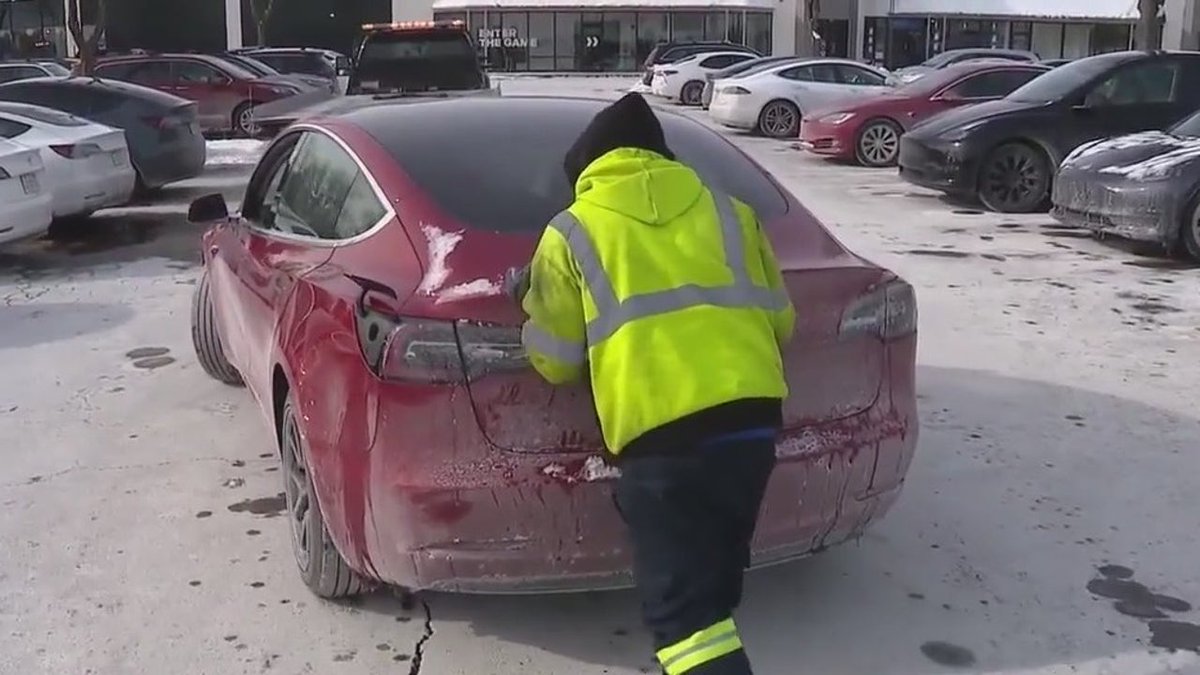Public charging stations have turned into car graveyards over the past couple of days. This example in Chicago is also playing out across the frozen country.
Tesla supercharging station packed in Oak Brook, dead cars line parking lot due to frigid temps https://t.co/IdmWNlocNp
— FOX 32 News (@fox32news) January 16, 2024
In the Oak Brook suburb of Chicago, Illinois, where temperatures have routinely dipped way below freezing, local media reported public charging stations turning into “car graveyards” because motorists were unable to power their vehicles.
Battery health
Range, charging and battery health are all impacted by cold weather, so driving your EV through the winter months will require some adjustments to your routine as well as some extra planning—especially if you want to go on a longer journey that will require charging along the way.
The optimal operating temperature range for an EV’s lithium-ion battery pack is roughly between 68°F and 113°F (20°C and 45°C). So if the outside temperature drops below about 68°F, your vehicle will use some of its electricity to increase the pack temperature and hold it there. Keep in mind that this is happening even when your EV is turned off, so if you leave it parked outside on a very cold night and don’t plug it in, you will see much more significant range loss compared to leaving it out in milder temperatures.
Keeping the battery pack as close as possible to its optimal temperature is key to getting the most out of your EV in winter, and depending on the car, you have several options to play with to achieve that. Most modern EVs can regulate their battery pack temperature, and you will need to understand how this thermal management works and how to use it best. Inside EVs
